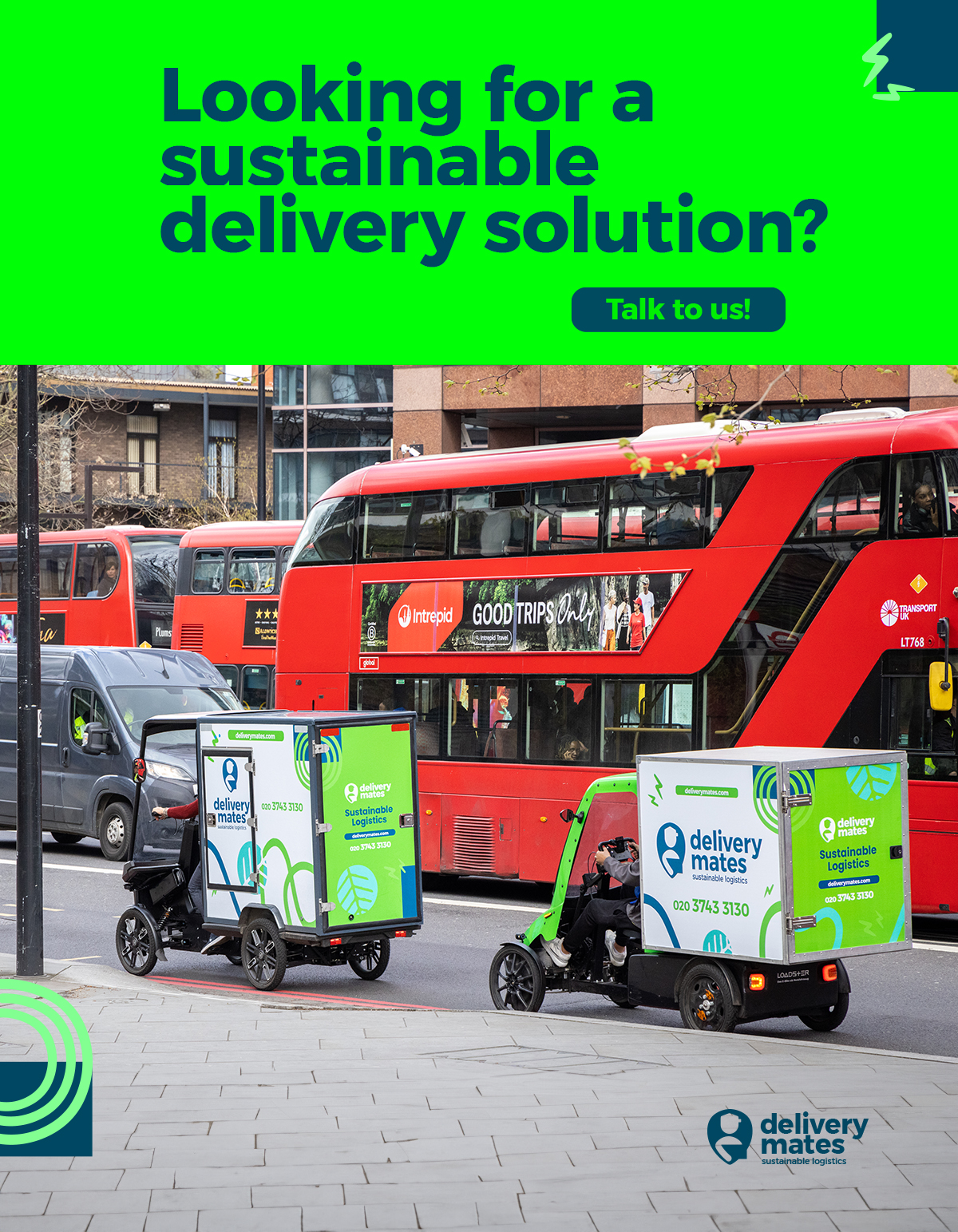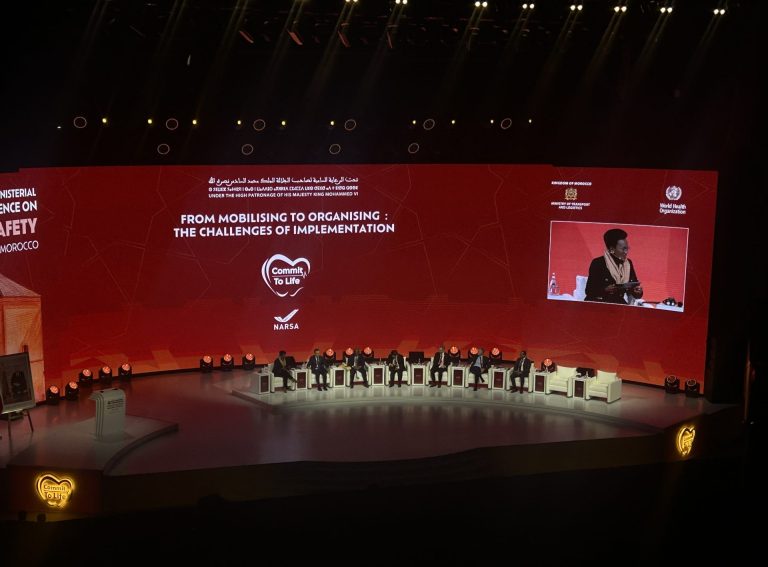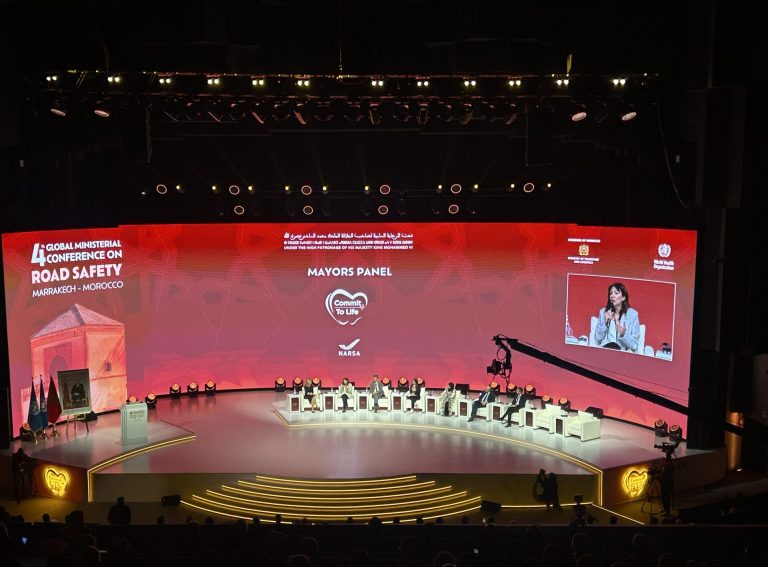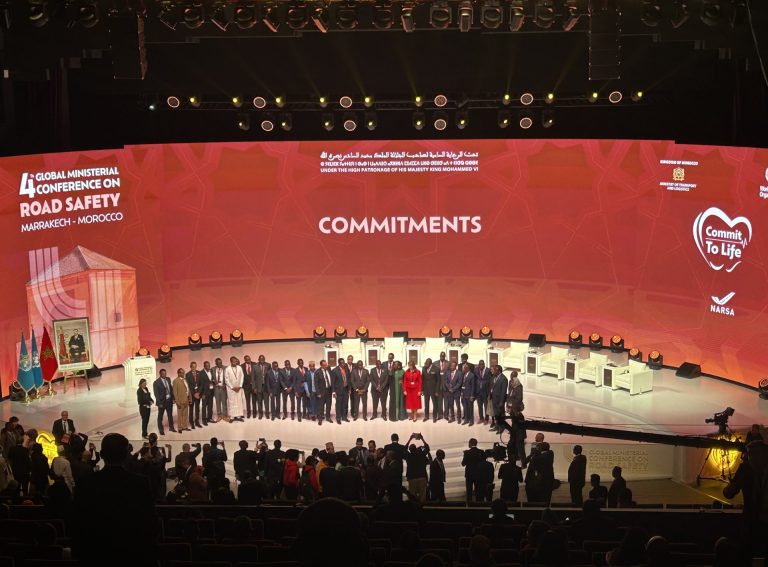Road safety representatives united ahead of the 4th Global Ministerial Conference on Road Safety to discuss how to accelerate progress on the Decade of Action for Road Safety 2021 to 2030.
The Decade of Action for Road Safety is a resolution adopted by the UN General Assembly which aims to achieve a 50% reduction in road traffic deaths and injuries by 2030.
Held in Marrakesh, the 4th Global Ministerial Conference on Road Safety marks a midpoint in the Decade of Action. Officially starting today, Zag attends the conference which is convening over 100 ministers as well as road safety agencies, delegates and experts from across the world to share best practices and success stories for achieving the 2030 goal.
The international charity renowned for its commitment to safer roads and cleaner air – the FIA Foundation – geared up for the conference with its joint side event with the FIA at Marrakesh’s Four Seasons Hotel last night.
“It’s almost 10 years ago since all 193 countries in the United Nations signed up to the Sustainable Development Goals,” FIA Foundation Chair David Richards told the audience at the start of the session. “Goal 3, Target 6 set the objective from the 2010 baseline to halve global deaths and injuries from road traffic by 2030.
“It’s clear that we all have lessons to learn from each other in attempting to meet the Global 2030 challenge, and we succeed or fail together.”
A panel of road safety representatives joined the stage to discuss how to achieve the ambitious targets in the 2030 challenge, what actions are and aren’t working, and what should be prioritised in the next five years to accelerate progress.
The panel was moderated by the FIA Foundation Executive Director Saul Billingsley who kicked off by asking what successful road safety developments have occurred in the last five years, and what hasn’t been so successful.
Greg Smith, Global Programme Director and Acting CEO of the International Road Assessment Programme (iRAP), told the audience that one success is the significant shift in attitude and discussions around road safety.
Recalling an example in South Asia, Greg highlighted how road redesigns in the past have often been “out of context” with the region. He said that whereas this specific road safety upgrade may have been effective in Australia for instance, it was not effective where it had been implemented in South Asia, with many pedestrian and driver deaths observed.
“That same road now is going to be upgraded again in a completely different way – in a much better way.”
According to Greg, the change in attitude is that infrastructure safety has been accepted as an important part of the road safety equation, which hasn’t always been the case. Going forward, he calls for an even more significant shift in attitude.
“For every dollar that’s being spent on the road, whether it’s maintenance, structure or design, we are not often enough asking the question: ‘What is the safety impact of this one dollar being spent on the road?’”
Jamie Leather, Chief of the Transport Sector Group at the Asian Development Bank, says it’s clear what needs to be prioritised going forward – data collection. He believes the quality of road safety data must be improved so that there’s greater understanding of where critical investment is required and the worst performing roads can be addressed.
“Critically, this journey is to make sure we see action on the ground to save lives and reduce injuries,” Jamie told the panel. “Perhaps one of the areas where we’re failing to meet that objective of seeing real action on the ground is the time it is taking, or will take, to get the data, to build up capacity, highlight what actions are required and where they should be delivered.”
Head of the UN Road Safety Fund Nneka Henry said that whilst interest and investment for road safety has come from more leaders across the world, the key to success is in transitioning this ambition into coordinated and interministerial leadership. She told the panel that the appetite for road safety improvement is often not reflected at the country level, with ministers and departments often tackling “road safety in silence.”
“For me, the challenge of road safety is this challenge of accountability,” Nneka said. “With a pandemic for example, we know to knock on the door of the Health Ministry. But when we talk about road safety, it’s a hot potato moving from all of the different ministries.
“One of the most important ministries that often aren’t even invited to the table is the Ministry of Finance.”
Shifting the conversation to vehicle and manufacturing standards, Latin NCAP Secretary General Alejandro Furas highlighted India as a success story. Alejandro said that the combination of greater demand for safer vehicles, transparent interactions with media and consumers, and a productive relationship with the government led to greater consideration of road safety in vehicle designs.
Going forward, Alejandro said one of the biggest challenges for improving road safety globally will be maintaining the momentum that encourages manufacturers to keep improving their vehicle designs.
“The momentum is there. You can keep that up with solid finance and test cars to keep pushing manufacturers to improve. Support from all the different stakeholders in the industry leads to this momentum which keeps a pressure point on manufacturers. The challenge is in not releasing even a little bit of that pressure.”
For Bright Oywaya, Executive Director of national NGO Asirt Kenya, one lesson learned over the past five years is that political will is not a mend for road safety in itself. Bright believes that national strategies must be aligned with national budgets to demonstrate a clear and deliberate plan for implementation.
“I know political will when I see a budget on it,” Bright told the panel. “When I see an action plan, when I see timelines, when I see the who, the what, the how. Which I am yet to see.”
For the remaining five years left of the Decade of Action for Road Safety, Bright said: “Matching what is said, what is written and what is done is a real challenge.”
Looking ahead, FIA Foundation Director of the North American Office and UN Representative Natalie Draisin concluded the session on a warm and hopeful note for the future of road safety.
“The call is very simple: take real action and take it together. I’m very confident that five years from now at the decade’s end, we’re going to be proud of our progress not only because of each of us, but because of all of us.”




